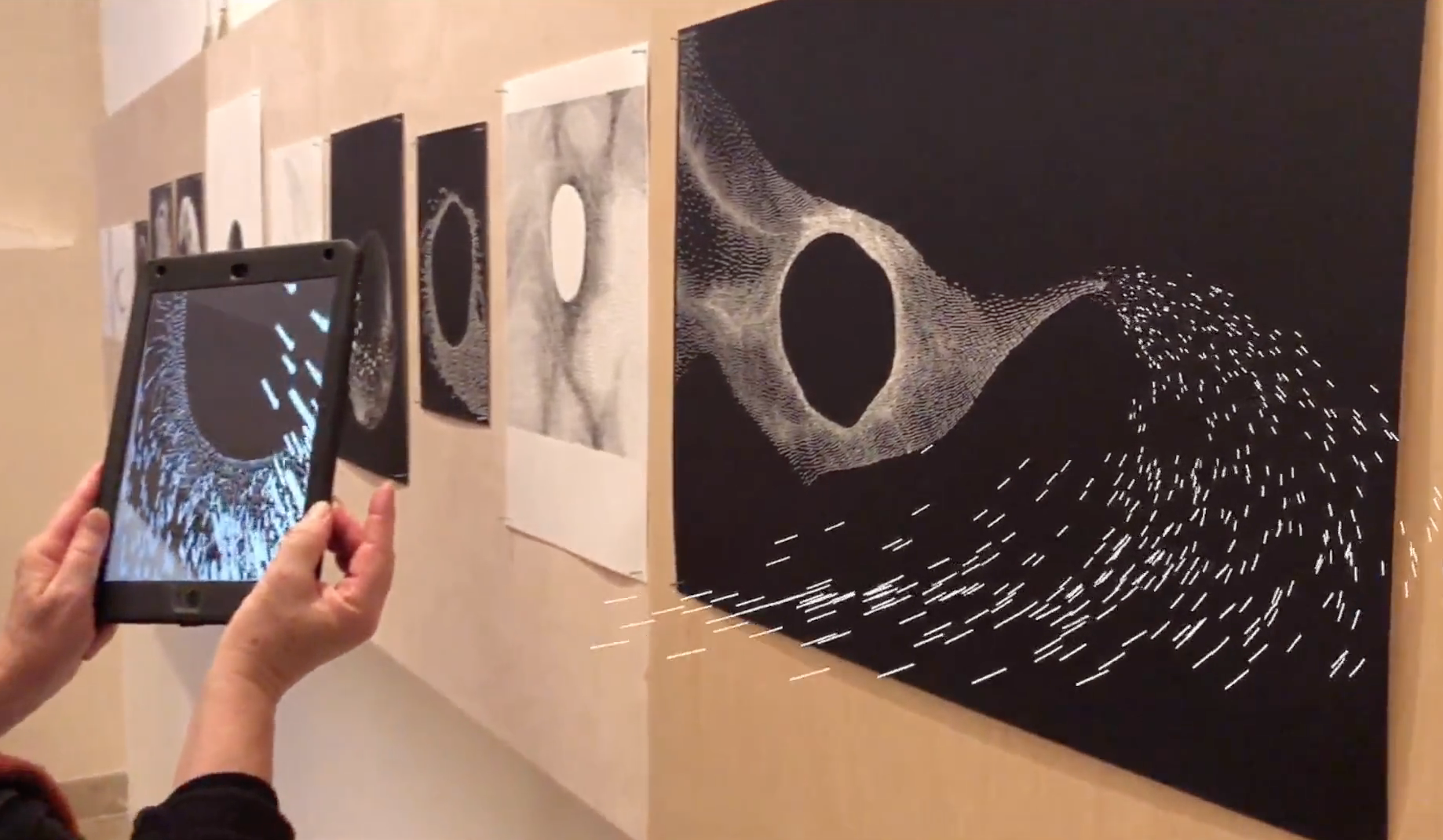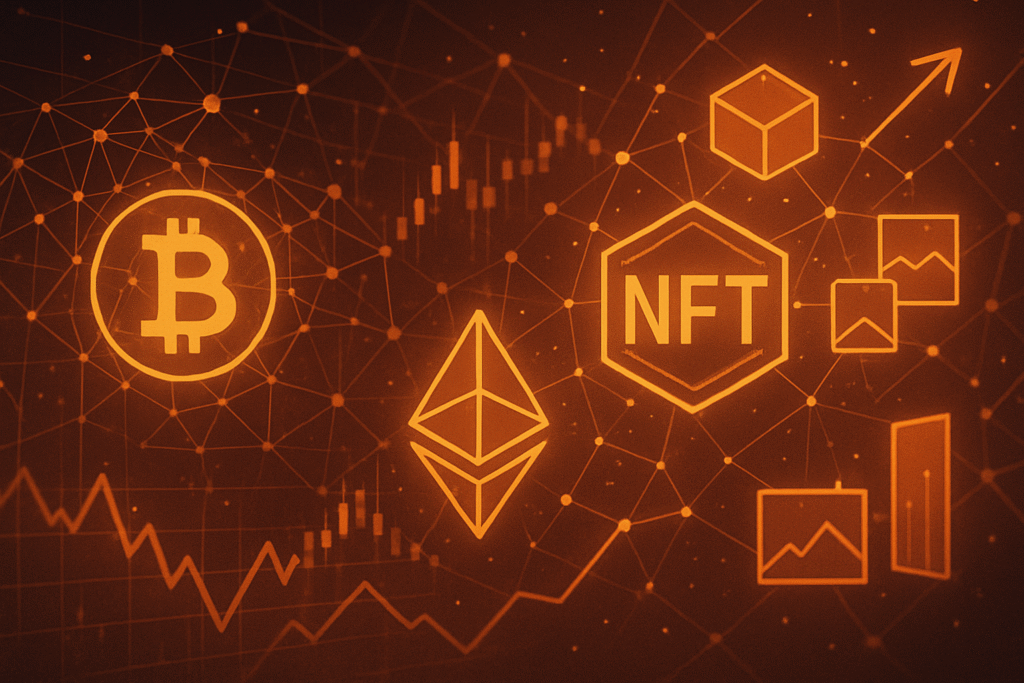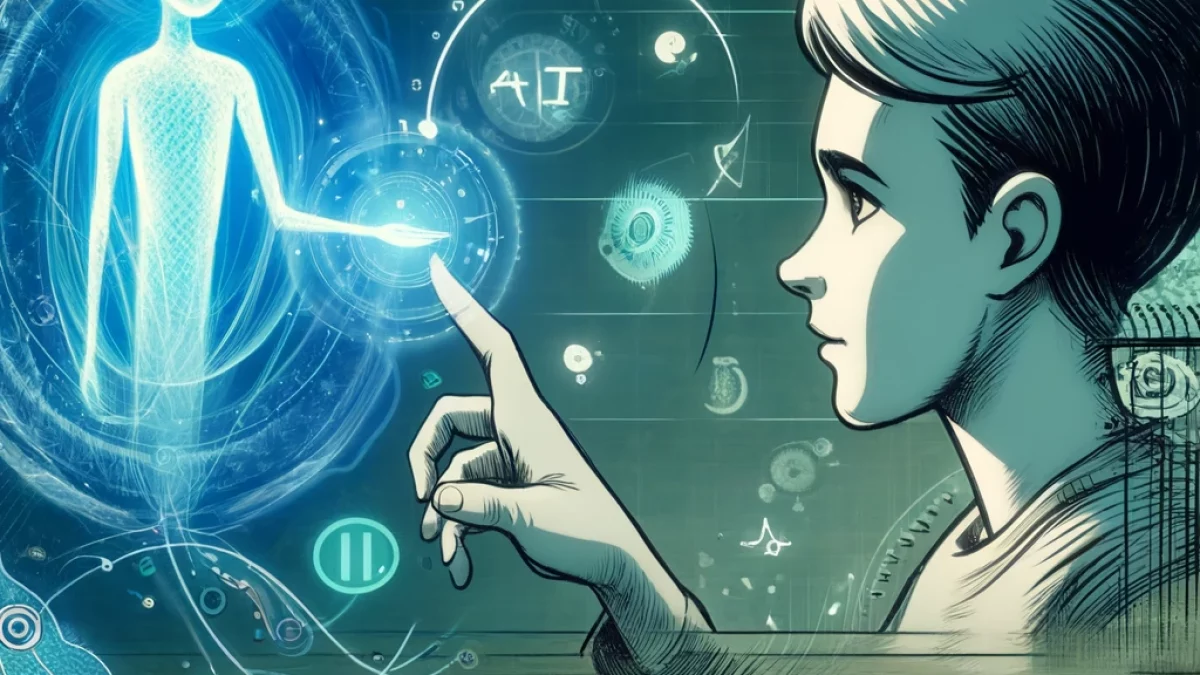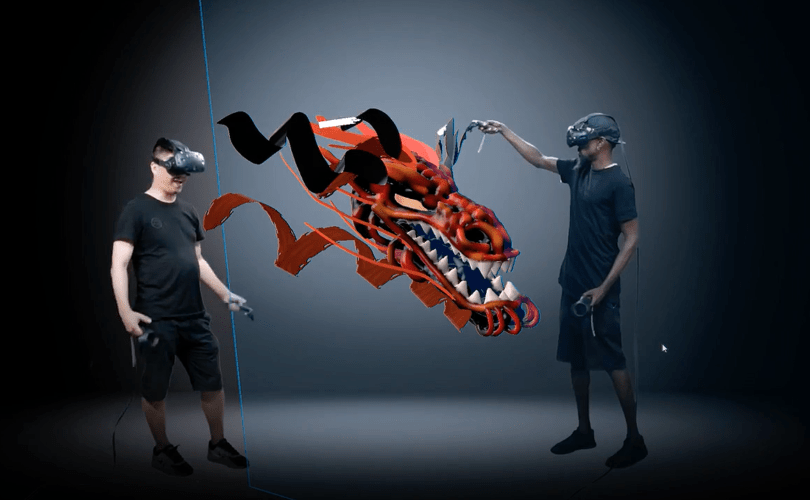In the rapidly evolving landscape of digital art, the integration of augmented reality (AR) has opened new avenues for immersive experiences. A notable example is the San Diego Museum of Art’s (SDMA) innovative approach to engaging audiences. By incorporating AR into select works from their collection, SDMA allows visitors to experience art in a dynamic and interactive manner. Through the museum’s free app, users can access augmented reality features that bring artworks to life, adding layers of information and animation that enhance the traditional viewing experience.
This initiative reflects a broader trend among museums and galleries worldwide, as they seek to enrich exhibits by overlaying digital content onto physical artifacts. By offering interactive, educational experiences, AR enables visitors to see additional information, animations, and reconstructions, making learning more dynamic and accessible. The fusion of AR technology with traditional art forms not only attracts a tech-savvy audience but also provides deeper insights into the artworks, fostering a more engaging and informative environment.
As augmented reality continues to gain traction in the art world, institutions like SDMA are at the forefront of this digital transformation. By embracing AR, they bridge the gap between classical art appreciation and modern technology, offering visitors a unique and enriched experience. This harmonious blend of the physical and digital realms signifies a promising direction for the future of art exhibitions, where interactivity and immersion become central to the cultural experience.





